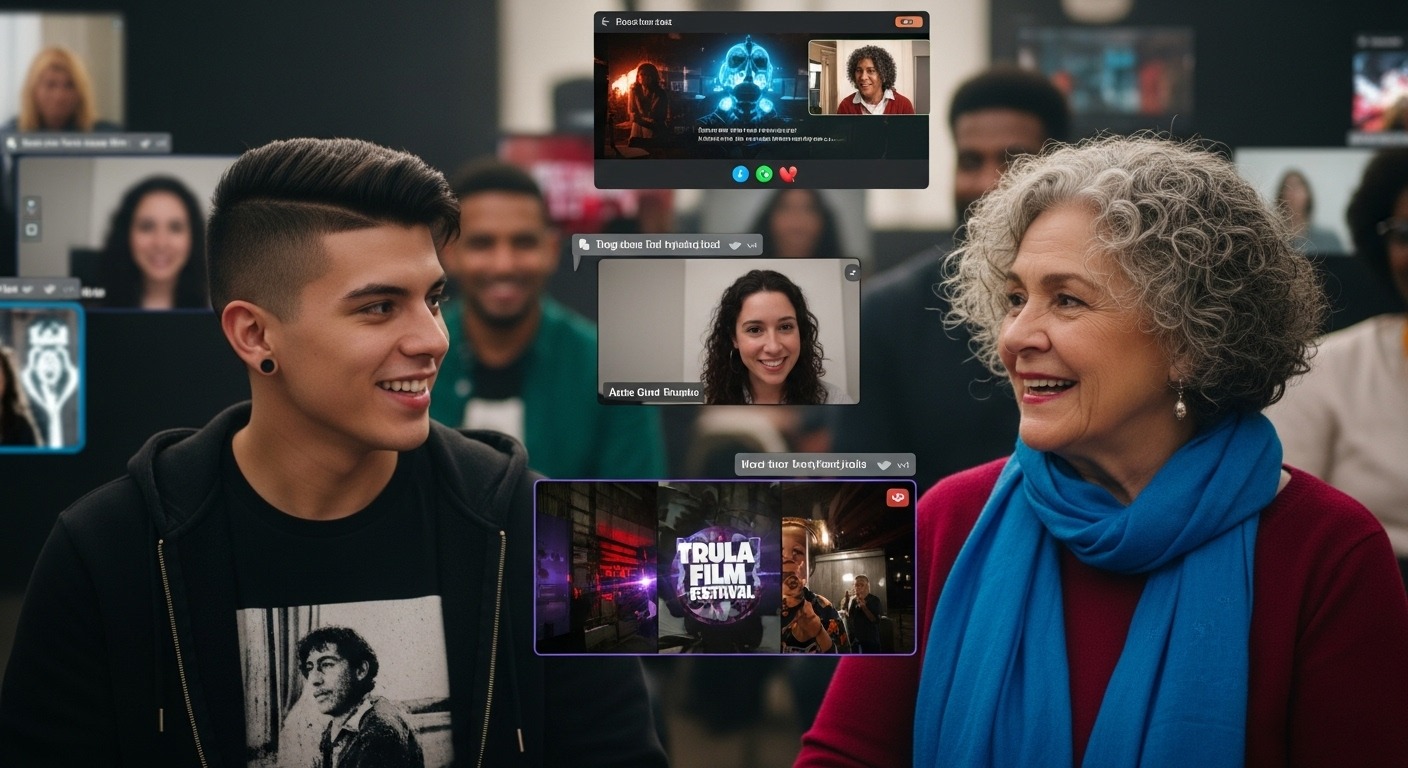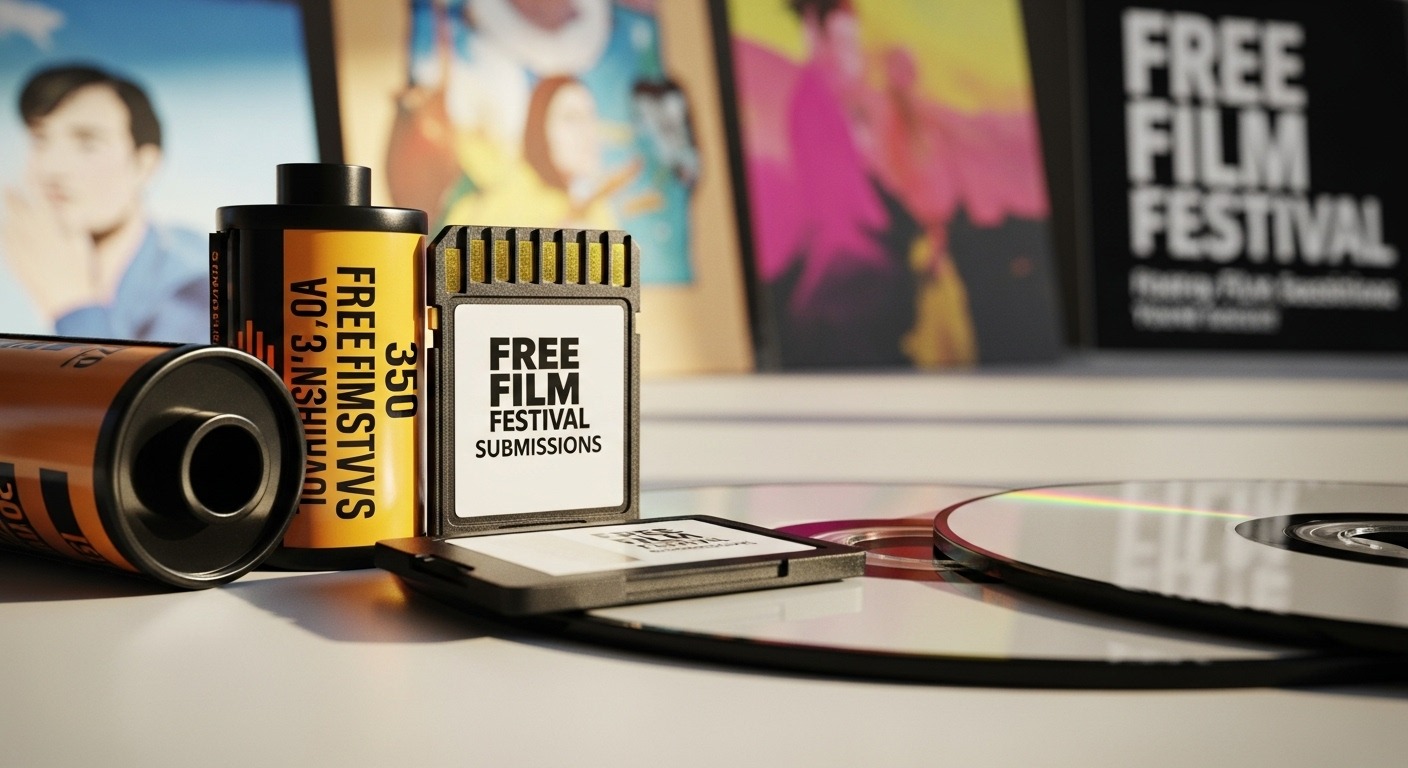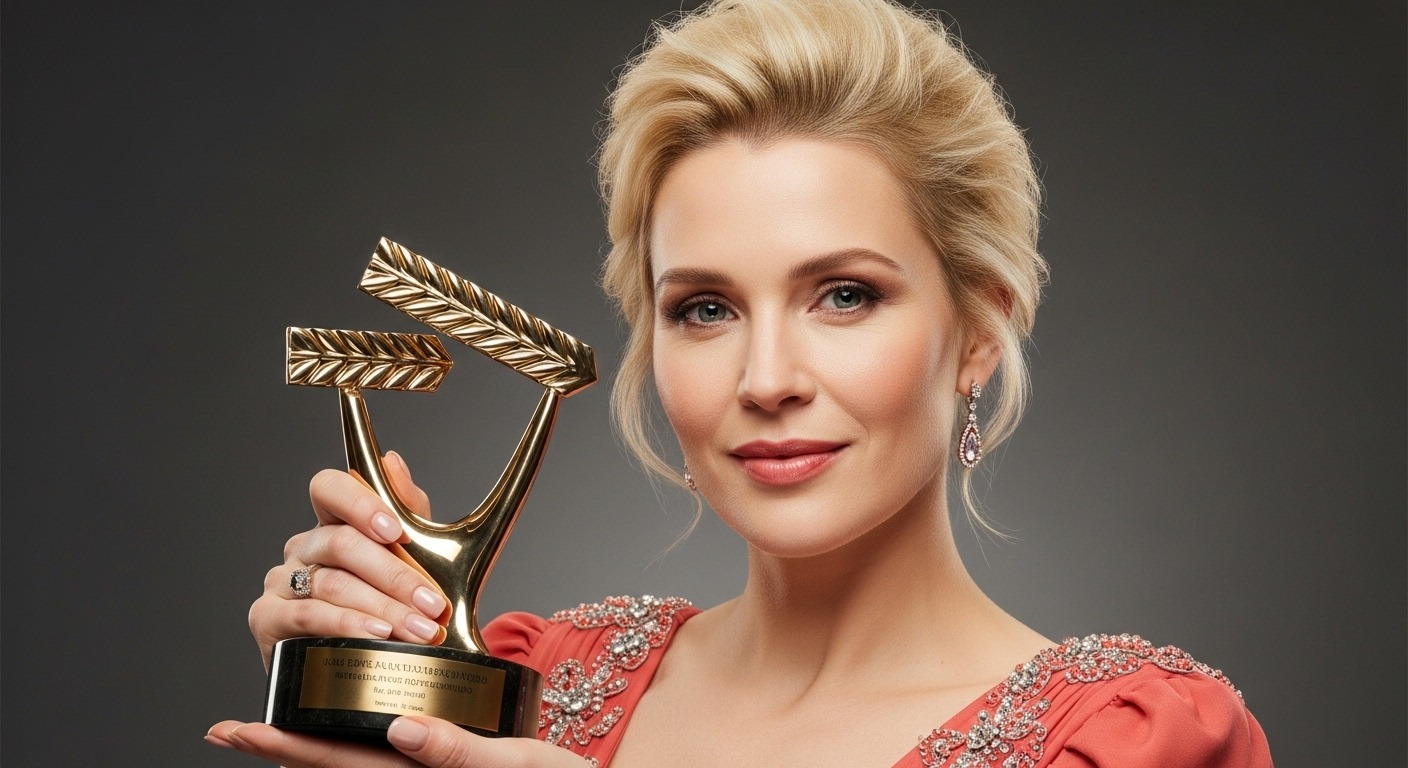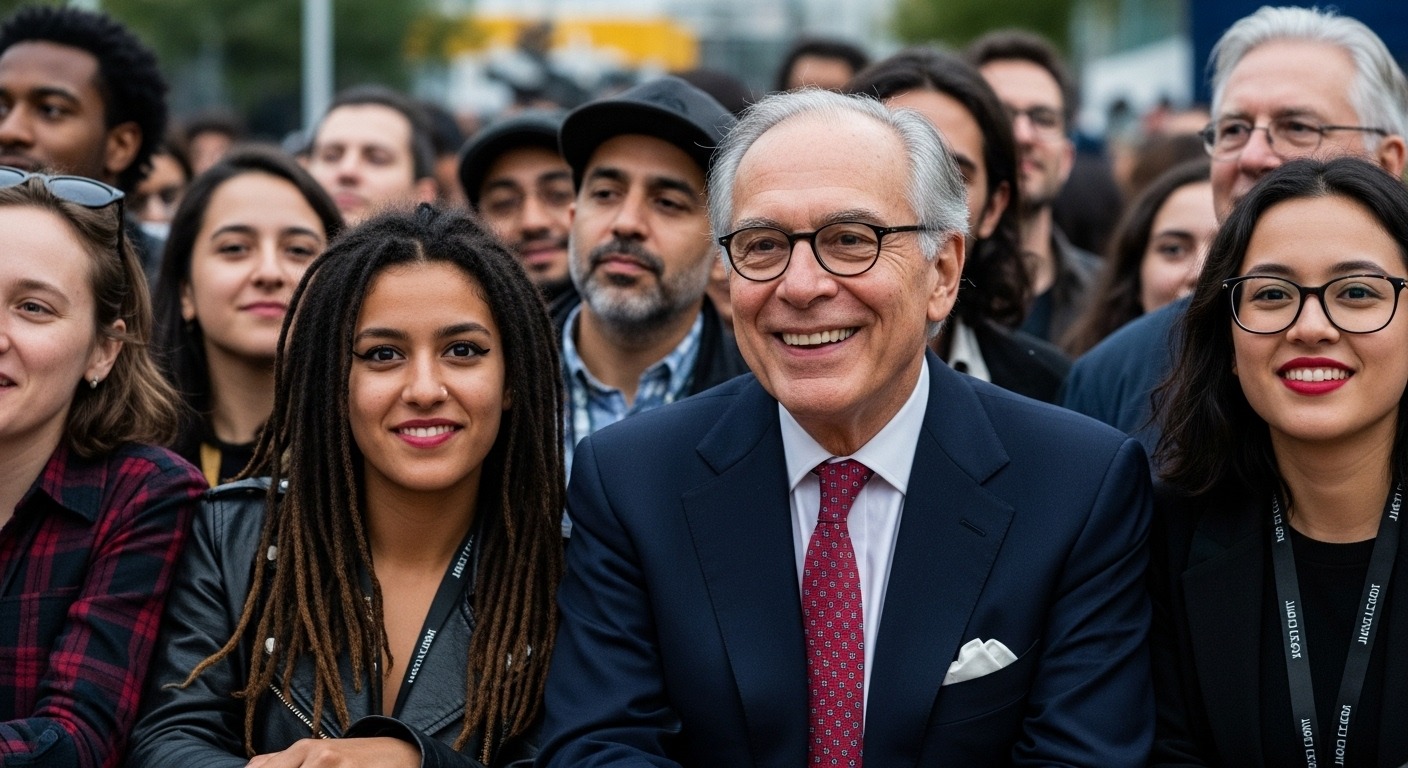Subject: The topic or focus of the documentary. This is the real-life story or issue that the film explores. A good documentary subject is compelling, relevant, and has the potential to engage the audience emotionally.
Purpose: The goal or intent behind making the documentary. This could be to educate, raise awareness, inspire action, or simply to share a unique perspective on the subject matter.
Form: The structure and style used to tell the story. This includes decisions around narrative structure (linear, non-linear, etc.), use of interviews, archival footage, animation, etc. The form should serve the purpose and subject of the documentary.
Production Techniques: The specific filmmaking methods and tools used to capture the documentary footage. This encompasses camera work, lighting, sound recording, and editing choices that bring the story to life.
Audience Experience: How the documentary is designed to engage and impact the viewer. Factors like pacing, tone, music, and overall emotional resonance shape the audience’s experience and response to the film.
These five elements – subject, purpose, form, production techniques, and audience experience – work together to create a powerful and impactful documentary film.
In the realm of documentary filmmaking, lies a profound art form that serves as a bridge between reality and perception. Picture frames capturing unfiltered truths, sounds echoing poignant narratives, and emotions woven into visual tapestries – this is where the essence of documentaries resides.
As aspiring filmmakers embark on this compelling journey to unveil raw stories and shed light on hidden realities, understanding the quintessential elements becomes paramount to craft impactful narratives.
Documentary filmmaking stands as an alchemical process where reality transmutes into cinema, truth intertwines with perception, and characters transcend their roles to embody shared experiences. It is a dance between authenticity and artistry, guiding viewers through the labyrinth of human existence.
At its core, a documentary serves as both mirror and magnifying glass, reflecting society’s complexities while illuminating untold tales. For those venturing into this captivating world of visual storytelling, grasping the foundational pillars – the 5 Crucial Elements – becomes not just a choice but a clarion call to herald truth in all its nuances and intricacies.
Engulfed in a realm where reality dances with creativity, documentary filmmakers intricately weave narratives that captivate and enlighten. At the core of this art lies storytelling, a potent elixir that binds truth to imagination, transforming facts into moving tales that resonate deep within the audience’s soul.
A compelling narrative serves as the vessel through which the essence of a documentary is carried, engaging viewers on an emotional and intellectual level. Through the careful orchestration of elements like structure, character development, and conflict, filmmakers sculpt stories that breathe life into raw events.
Consider the riveting story of “13th,” directed by Ava DuVernay, a powerful exploration of racial inequality within the criminal justice system. By blending historical context, personal testimonies, and expert analysis, DuVernay constructs a narrative tapestry that confronts viewers with harsh truths while offering a path toward understanding and change.

Each character introduced becomes a thread in this intricate tapestry – from activists on the front lines to policymakers shaping legislation – their journeys interwoven to form a mosaic of resilience and struggle.
Furthermore, effective storytelling in documentaries not only informs but also forges a profound bond between the audience and the subject matter. Take for instance “Won’t You Be My Neighbor?” by Morgan Neville, a heartfelt tribute to Fred Rogers’ legacy of kindness and compassion.
By delving into Rogers’ personal life and philosophy through poignant anecdotes and archival footage, Neville crafts a narrative that transcends mere documentation; it becomes an emotionally charged homage to Rogers’ enduring influence on generations.
Through this lens of intimate storytelling, viewers not only learn about Mr. Rogers but also feel his unwavering spirit reverberate within their hearts long after the screen fades to black.
Research and Preparation: The Backbone of Documentary Filmmaking.
In the realm of documentary filmmaking, research and preparation serve as the bedrock upon which compelling narratives are built. Much like a detective meticulously assembling clues to solve a mystery, filmmakers engage in exhaustive research to uncover stories that resonate with truth and authenticity.
Imagine a filmmaker poring over archives, conducting interviews, and immersing themselves in the subject matter like an explorer unearthing buried artifacts. This process is not merely about gathering information but rather about distilling raw data into coherent storytelling gold.
The key to a successful documentary lies in the intricate dance between preparation and execution. Picture a filmmaker embarking on a journey akin to planning a grand expedition, meticulously charting each step from location scouting to securing permissions like mapping out critical waypoints on an adventure.

Just as an architect lays the groundwork before constructing a masterpiece, filmmakers engage in pre-production tasks with precision and foresight. Every interview conducted is akin to collecting precious gems of insight, every permission secured akin to obtaining the keys to unlock hidden chambers of knowledge.
Meticulous preparation forms the invisible scaffolding that supports the visual spectacle viewers witness on screen—the ethereal magic shaped by concrete foundations of hard work and dedication. Think of it as weaving an intricate tapestry; each thread represents a piece of research painstakingly collected, each stitch symbolizing a preparatory task sewn with care.
Without this attention to detail, the fabric of documentary storytelling risks unraveling under scrutiny. Therefore, aspiring filmmakers must embrace research and preparation not just as mundane chores but as sacred rites essential for breathing life into their cinematic visions.
Capturing the essence of reality.
Capturing the essence of reality through the lens of a camera is where the magic of documentary filmmaking truly unfolds. Cinematography serves as the visual maestro orchestrating the mood, tone, and aesthetics that breathe life into a documentary.
Just like a painter chooses colors to evoke emotions, a filmmaker selects angles, framing, and lighting to craft a visual symphony that resonates with audiences on a profound level. In documentaries, every shot is carefully composed to not just depict reality but to interpret it in a way that invites viewers into the heart of the story.
Framing plays a pivotal role in cinematography by guiding the viewer’s focus and conveying meaning within each frame. Whether it’s capturing an interviewee in a tight close-up to emphasize their emotional response or using wide shots to establish context and geographical significance, framing choices are deliberate brushstrokes on the canvas of documentary storytelling.
Lighting, too, acts as both a practical necessity and a powerful tool for setting ambience and highlighting key elements within a scene. The interplay between light and shadow can define tone – from stark contrasts symbolizing inner turmoil to soft diffused light evoking serenity.

Moreover, composition goes beyond mere aesthetics; it is the language through which visuals communicate with the audience. Every element within the frame is intentional – leading lines directing attention, symmetry creating harmony, or asymmetry instilling tension.
Consider renowned documentaries like “Baraka,” where sweeping landscapes framed in breathtaking symmetry evoke awe and introspection without uttering a single word. These visual elements transcend traditional storytelling techniques to immerse viewers in an experience where emotions speak louder than dialogue.
By selecting appropriate shots infused with subtextual depth, filmmakers can subtly guide audiences through complex narratives while invoking visceral responses that resonate long after viewing.
Sound Design and Editing.
Diving into the realm of sound design and editing, we unearth the magic that brings a documentary to life beyond mere visuals. Imagine a scene where the gentle rustling of leaves or the distant whisper of waves underscores a poignant moment captured on film—these subtle sounds can evoke emotions hidden within images, enriching the viewer’s experience.
In documentaries, sound acts as a silent storyteller, weaving its narrative alongside visuals to create an immersive journey for the audience. By harmonizing audio elements with the visual tapestry, filmmakers elevate their storytelling prowess to new heights.
When it comes to capturing clear audio during filming, meticulous attention to detail is paramount. Picture a documentary crew venturing into bustling streets or serene natural habitats; amidst external noises, securing pristine audio requires skillful techniques like using directional microphones or recording room tone for seamless transitions in post-production.

In the editing suite, every sound wave is sculpted with precision—pacing determines the rhythm of unfolding narratives, transitions bridge scenes seamlessly, and sound mixing orchestrates a symphony of voices and ambient sounds. Just as brushstrokes enhance a painting’s depth, these editing methods shape not just what is seen but also felt by viewers immersing themselves in cinematic realities.
Consider a scene where dramatic tension crescendos with heart-thumping beats or intimate conversations resonate through crystal-clear dialogue—sound design and editing work behind-the-scenes magic to intensify emotions and amplify messages within documentaries.
Within these auditory landscapes lie opportunities to enthrall audiences on a multi-sensory journey where each sonic element plays a crucial role in storytelling.
Pacing akin to a heartbeat guides viewers through emotional peaks and valleys; thoughtfully crafted transitions transport them between worlds seamlessly; while artful sound mixing ensures that each whisper or roar contributes meaningfully to the tapestry of truth depicted on screen.
Ultimately, in the realm of sound design and editing lies the power to transform mere footage into an auditory symphony that resonates long after the screen dims.
Ethical Considerations in Documentary Filmmaking: Navigating the Moral Compass.
In the realm of documentary filmmaking, ethics serve as the compass that guides filmmakers through the complex terrain of representing real people and events. Obtaining consent from subjects is not just a legal formality but a moral imperative that signifies respect for individual autonomy and dignity.
Imagine capturing a profound personal story only to realize later that the subject did not fully comprehend or willingly participate in the project. This breach of trust not only damages credibility but also violates basic human rights. By prioritizing informed consent, filmmakers uphold the integrity of their work and honor the voices that shape their narratives.
Moreover, avoiding manipulation and bias is essential to preserve the authenticity and truth-seeking nature of documentaries. When crafting a film on a controversial subject, it can be tempting to sensationalize facts or selectively edit content to fit a preconceived narrative.

However, ethical filmmakers understand that their duty lies in presenting multiple perspectives with fairness and transparency. For instance, in the acclaimed documentary “13th” by Ava DuVernay, careful attention was paid to representing diverse viewpoints on mass incarceration without skewing facts or distorting reality for dramatic effect.
Filmmakers must also navigate delicate ethical dilemmas that may arise during production, such as balancing journalistic integrity with compelling storytelling. In scenarios where revealing certain information could harm individuals or communities, filmmakers face a challenging paradox between their duty to report truthfully and the potential consequences of their revelations.
By grappling with these ethical quandaries thoughtfully and seeking guidance from trusted advisors or ethical committees, documentarians can uphold their commitment to truth while mitigating harm to vulnerable populations. Through nuanced decision-making processes rooted in empathy and responsibility, filmmakers can ensure that their documentaries resonate authentically while upholding moral principles.
Embracing the Documentary Canvas.
In the intricate tapestry of documentary filmmaking, each thread represents a vital element that weaves together to form an impactful narrative. Aspiring filmmakers embarking on this journey must grasp the significance of storytelling, meticulous research, captivating cinematography, immersive sound design, and ethical considerations.
These crucial elements serve as pillars guiding filmmakers towards creating thought-provoking documentaries that resonate with audiences on deeper levels.
To encapsulate the essence of documentary filmmaking, one must treat storytelling as a masterful brushstroke painting vivid portraits of reality. The canvas is enriched by diligent research and painstaking preparation, laying the foundation for authenticity and depth.
Cinematography shapes the mood and ambiance, allowing emotions to seep through frames like ink on parchment. Sound design dances in harmony with visuals, orchestrating a symphony of sensory experiences. Yet amidst this artistic pursuit, ethical considerations stand tall as moral compasses navigating through the delicate terrain of representation.
Aspiring documentary filmmakers are urged not just to understand but to embody these core elements. With continual learning and persistent practice, they can refine their craft like sculptors chiseling away excess to reveal art’s true essence.
Upholding ethical standards becomes not a burden but a badge of honor held aloft in the quest for truth and integrity within each frame captured. In this ever-evolving landscape of documentary filmmaking, may future filmmakers carve their narratives with sensitivity while shining light on untold stories waiting to be unveiled.
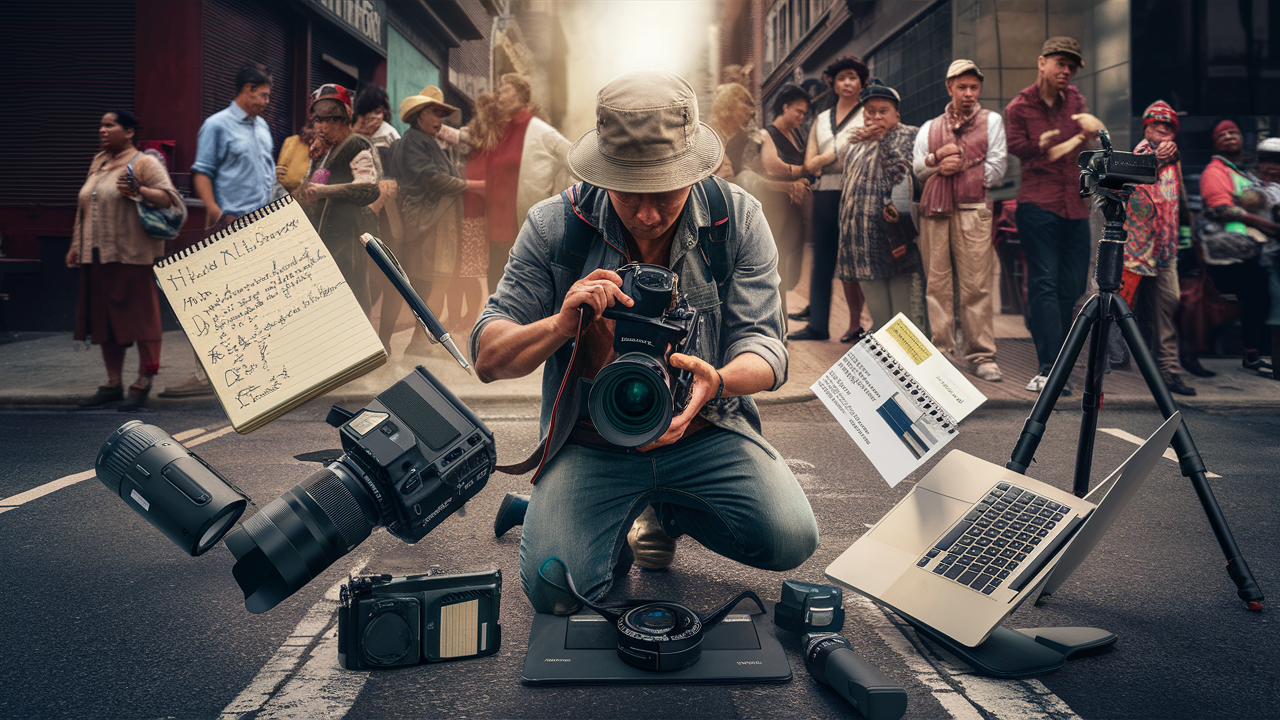
How do you choose the right subject for a documentary?
Choosing the right subject for a documentary involves several factors. Here are some key considerations:
- Relevance: Is the subject timely and relevant to current events or ongoing issues? This can help attract a wider audience and make the documentary more impactful.
- Uniqueness: Is the subject unique or offers a fresh perspective? This can help differentiate the documentary from others on the same topic.
- Emotional Connection: Does the subject have the potential to evoke strong emotions in the audience? This can help create a lasting impression and encourage engagement.
- Story Potential: Is there a compelling narrative or story within the subject? This can help structure the documentary and keep the audience engaged.
- Research and Interest: Are you genuinely interested in the subject and willing to invest time and effort into researching and exploring it? This can help ensure that the documentary is well-researched and authentic.
What are some effective production techniques for documentaries?
Effective production techniques can elevate the quality and impact of a documentary. Here are some key strategies:
- Storytelling: Use a clear and engaging narrative structure to guide the audience through the story.
- Interviews: Conduct in-depth interviews with key individuals involved in the subject matter to provide valuable insights and perspectives.
- Visuals: Use a mix of visuals, including archival footage, animations, and graphics, to enhance the storytelling and make the documentary more engaging.
- Sound Design: Pay attention to sound quality and use sound effects, music, and voiceovers effectively to create a rich and immersive experience.
- Editing: Use editing techniques like pacing, transitions, and music to control the flow of the documentary and maintain the audience’s attention.
How can you ensure an engaging audience experience in a documentary?
To ensure an engaging audience experience, consider the following strategies:
- Pacing: Vary the pace of the documentary to keep the audience engaged and interested.
- Emotional Connection: Use emotional storytelling and visuals to create an emotional connection with the audience.
- Relevance: Make the documentary relevant to the audience by highlighting the impact of the subject on their lives.
- Authenticity: Ensure the documentary is authentic and honest in its portrayal of the subject matter.
- Call to Action: Encourage the audience to take action or think critically about the subject matter by providing a clear call to action or conclusion.

I am a highly experienced film and media person who has a great deal to offer to like-minded individuals. Currently working on several exciting projects, I am a film and media practitioner for over a decade. I have achieved a great deal of success in my professional career.

